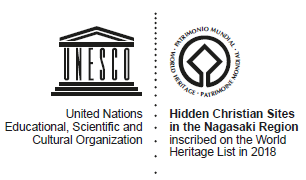 |
What is ‘World Heritage’? |
World Heritage sites are an irreplaceable legacy from the past that has been formed in the history of the earth and humankind. It is the heritage of all the nations of the world that the international community has decided to pass on to future generations.
World Heritage sites are classified into three categories; cultural heritage, natural heritage, and mixed heritage. Cultural heritage includes monuments, groups of buildings, sites, cultural landscapes, and the like which are of outstanding universal value. Natural heritage includes geological and physiographical formations, ecosystems, habitats for threatened species of animals and plants, and the like which are of outstanding universal value. Mixed heritage satisfies the definitions of both cultural and natural heritage.
For more details, please access the web page of UNESCO World Heritage Centre. |
 |








